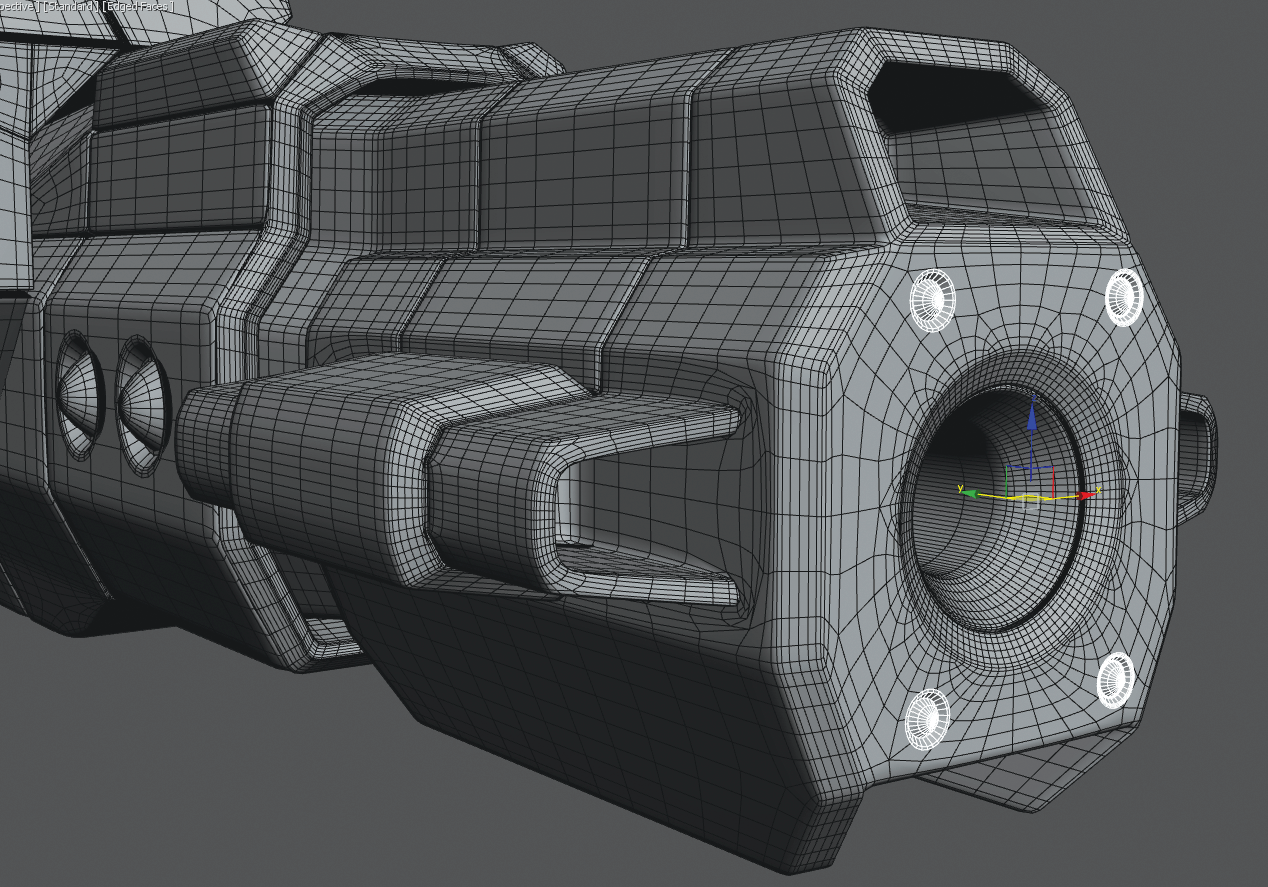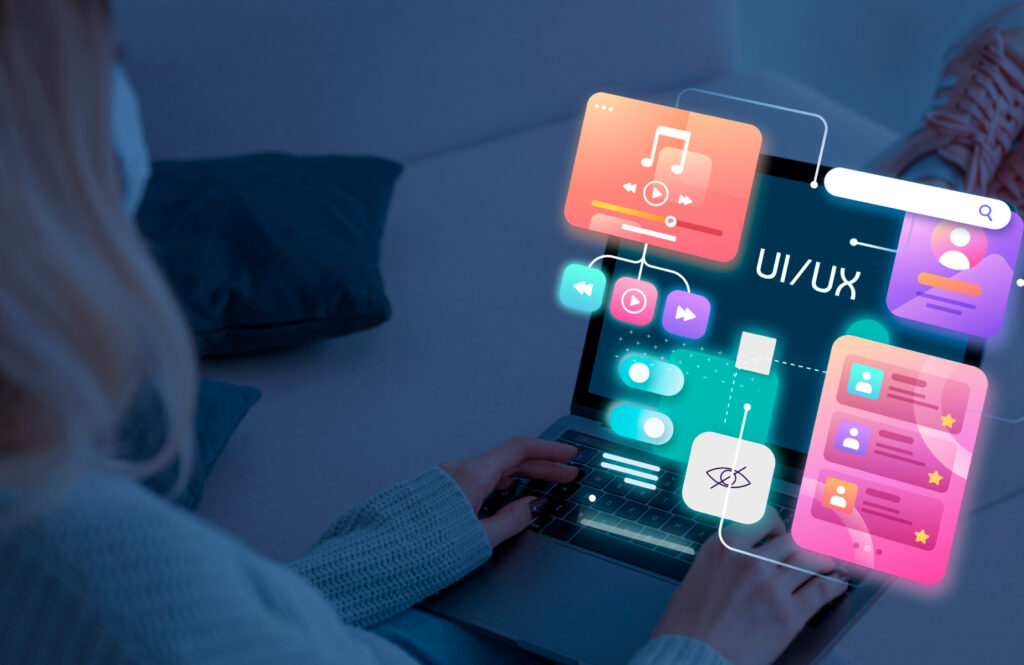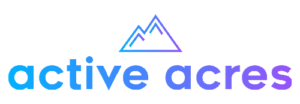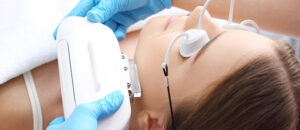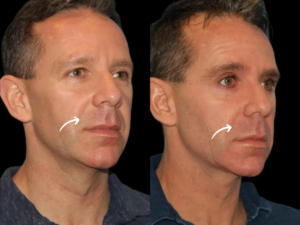Texturing is a crucial aspect of 3D model. It is important since it brings realism to digital objects.
In this blog post, we will understand and discuss different kinds of texturing techniques for 3D models that premier animation studios in Austin use. So let’s not wait any longer and jump right into it!
Understanding Texturing in 3D Modeling
Texturing involves applying images (textures) or procedural details to the surface of a 3D model. This process is essential for adding color, detail, and material properties to 3D objects, making them appear more realistic and visually appealing. Texturing typically follows the UV mapping process, where the 3D model’s surface is unwrapped into a 2D space, allowing textures to be accurately applied.
UV Mapping: The Foundation of Texturing
Before diving into texturing, it’s crucial to understand UV mapping. UV mapping is the process of projecting a 3D model’s surface onto a 2D plane, creating a UV map. This map acts as a guide for placing textures on the model. The first step in UV mapping is unwrapping, which involves cutting and flattening the 3D model’s surface into a 2D representation. The goal is to minimize distortion and stretching. Once unwrapped, the UV islands (flattened pieces) are arranged in the UV space to ensure efficient use of texture space. Seams, or edges where the 3D model will be ‘cut’ for unwrapping, are defined to minimize visible texture seams. Tools like Blender, Autodesk Maya, and 3ds Max provide robust UV mapping features to assist with these tasks.
Basic Texturing Techniques
Once you have a UV map, you can start applying textures. The diffuse map, or color map, defines the base color of the model. It’s essentially a 2D image that wraps around the 3D model, providing its primary colors and patterns. The specular map controls the shininess and reflectivity of the surface. By using different grayscale values, you can determine which parts of the model reflect light and how intense the reflections are. Normal maps add surface detail without increasing polygon count. They create the illusion of depth and texture by altering the way light interacts with the surface. This is essential for adding fine details like bumps, wrinkles, and grooves. Similar to normal maps, bump maps add texture and depth to a model’s surface. However, bump maps use grayscale values to simulate height differences. While not as detailed as normal maps, they are useful for adding subtle texture. Displacement maps physically alter the model’s geometry based on grayscale values, creating actual bumps and depressions. Unlike normal and bump maps, displacement maps add real detail to the model, affecting its silhouette.
Advanced Texturing Techniques
For more realistic and complex textures, advanced techniques are required. Physically Based Rendering (PBR) is a texturing workflow that aims to create materials that behave realistically under different lighting conditions. PBR uses a combination of maps, including albedo maps, roughness maps, metalness maps, and ambient occlusion (AO) maps. The albedo map is similar to a diffuse map but without any lighting or shadow information. The roughness map controls the microsurface detail, affecting how rough or smooth the surface appears. The metalness map distinguishes between metallic and non-metallic surfaces, influencing how light interacts with the material. The AO map adds shadows in crevices and corners, enhancing the depth and realism of the texture. Substance Painter is a powerful tool for creating detailed textures. It allows for painting directly on the 3D model, using layers and procedural effects to create complex materials. Key features of Substance Painter include smart materials, masks and generators, and procedural texturing.
Hand-Painted Textures
Hand-painted textures involve painting textures manually, giving a unique, artistic look. This technique is popular in stylized games and animations. Tools like Photoshop, Procreate, and Krita are commonly used for hand-painting textures. The process typically involves laying down the primary colors of the model, adding depth and dimension with shadows and highlights, and painting fine details like scratches, fabric patterns, and more.
Texture Baking
Texture baking involves transferring details from a high-resolution model to a lower-resolution model. This process is essential for optimizing game assets. Commonly baked maps include normal maps, ambient occlusion maps, and curvature maps. Normal maps capture surface details, ambient occlusion maps add realistic shadows, and curvature maps highlight edges and cavities for more detailed texturing.
Seamless Textures and Tiling
Creating seamless textures ensures that textures can repeat without visible seams. This is crucial for large surfaces like walls or terrains. Techniques for seamless textures include using the offset and clone tool in image editing software and generating procedural textures that tile seamlessly.
Common Challenges and Solutions
Texturing can present various challenges. Stretching and distortion can be an issue, but adjusting UV mapping and ensuring even distribution of UV islands can help. Visible seams are another common problem, which can be minimized by carefully placing seams in less noticeable areas and using blending tools in your texturing software. Balancing texture resolution between detail and performance is also crucial. Use higher resolution for important areas and lower resolution for less visible parts.
Texturing Tools and Software
Numerous tools and software can assist in texturing. Blender is a free and open-source tool with robust texturing capabilities. Adobe Substance Painter is the industry-standard for detailed texture painting. Autodesk Maya offers comprehensive 3D modeling and texturing tools. 3ds Max provides powerful modeling and texturing capabilities. Photoshop is essential for creating and editing textures, while ZBrush is excellent for sculpting and texturing detailed models.
Final Thoughts
As we can see from this blog post, texturing is a vital part of 3D modeling. By mastering the things we have mentioned above. you can certainly create stunning and realistic 3D textures.

